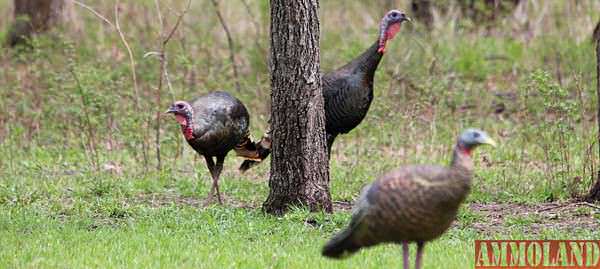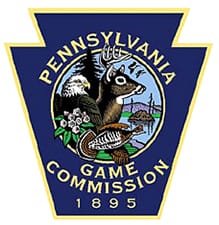

USA -(Ammoland.com)- The calendar is about to flip to September, which will bring to a close a month-long survey in which participants report their wild turkey sightings to the Pennsylvania Game Commission, helping the agency learn more about turkey production this spring.
The Game Commission will continue to accept reports of August wild-turkey sightings through Wednesday, Sept. 6.
Reports must be filed online, either by visiting the Game Commission’s homepage and clicking on “August Turkey Sighting Survey” in the Quick Clicks section, or via one of the mobile apps (search for “Pennsylvania Game Commission” in the Google Play Store or Apple’s App Store, and select the Turkey Sighting Survey).
Participants are requested to record the numbers of wild turkeys seen, along with the general location, date and contact information if agency biologists have any questions. Reports must be from sightings between Aug. 1 and 31.
Please note, your specific location information is NOT shared or stored; rather it is solely used to help determine the county, township and wildlife management unit of each sighting.
“The turkey survey enhances our agency’s internal survey, which serves as a long-term index of turkey reproduction,” explained Mary Jo Casalena, agency wild turkey biologist. “By reporting all turkeys seen during each sighting, whether it’s gobblers, hens with broods or hens without broods, the data help us determine total productivity and allow us to compare long-term reproductive success with other northeastern states.”
Many factors affect wild turkey productivity, including spring weather, habitat, previous winter-food abundance, predation and last fall’s harvest. The 2017 statewide turkey population was about 216,800, which is 3 percent below the previous three-year average of 219,800 birds, but similar to the previous 10-year average.
Pennsylvania’s turkey population in the early 2000s reached its peak of about 280,000 birds as a result of agency restoration efforts through wild trap-and-transfer, habitat improvement, and fall-turkey-hunting-season restrictions.
It then declined sharply to levels below 200,000. Since 2011 it has been fluctuating between 204,000 and 234,000, depending on summer reproduction and fall harvest.
“Remember, every August turkey-sighting reported the Game Commission helps to improve wild turkey conservation in the Keystone State,” Casalena emphasized.
